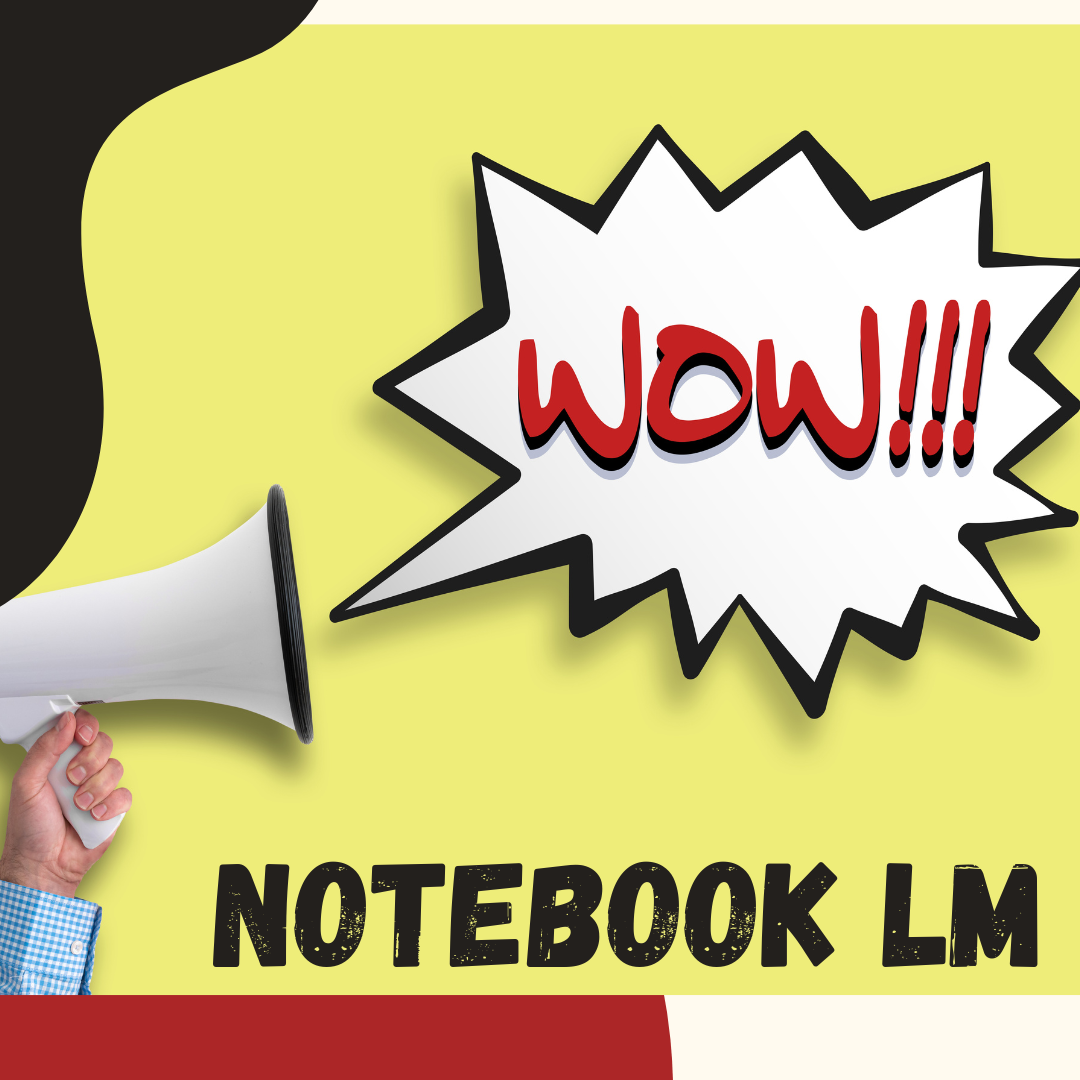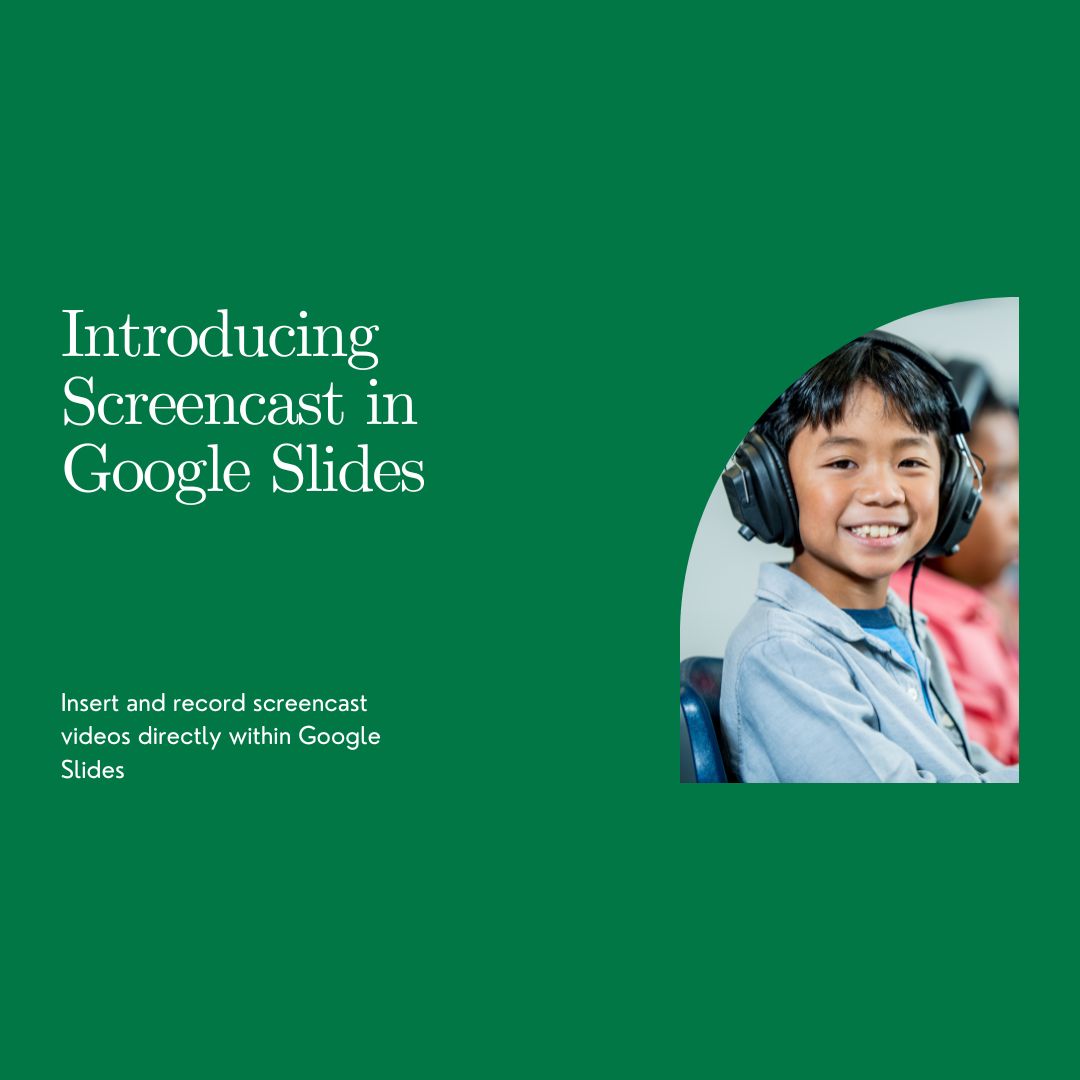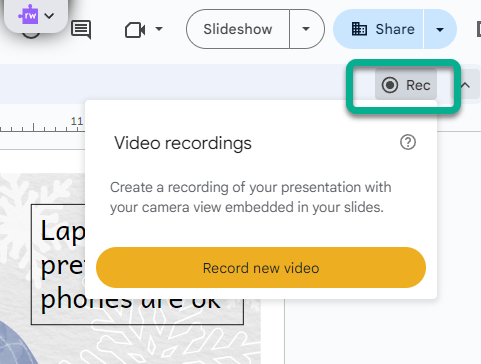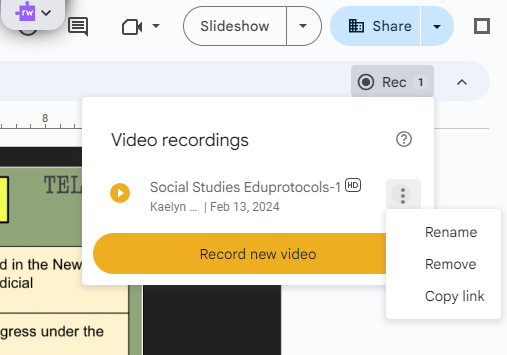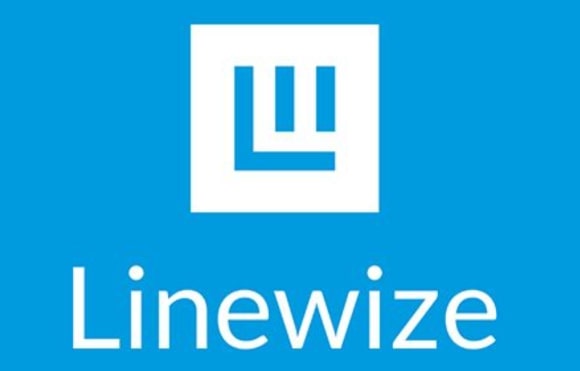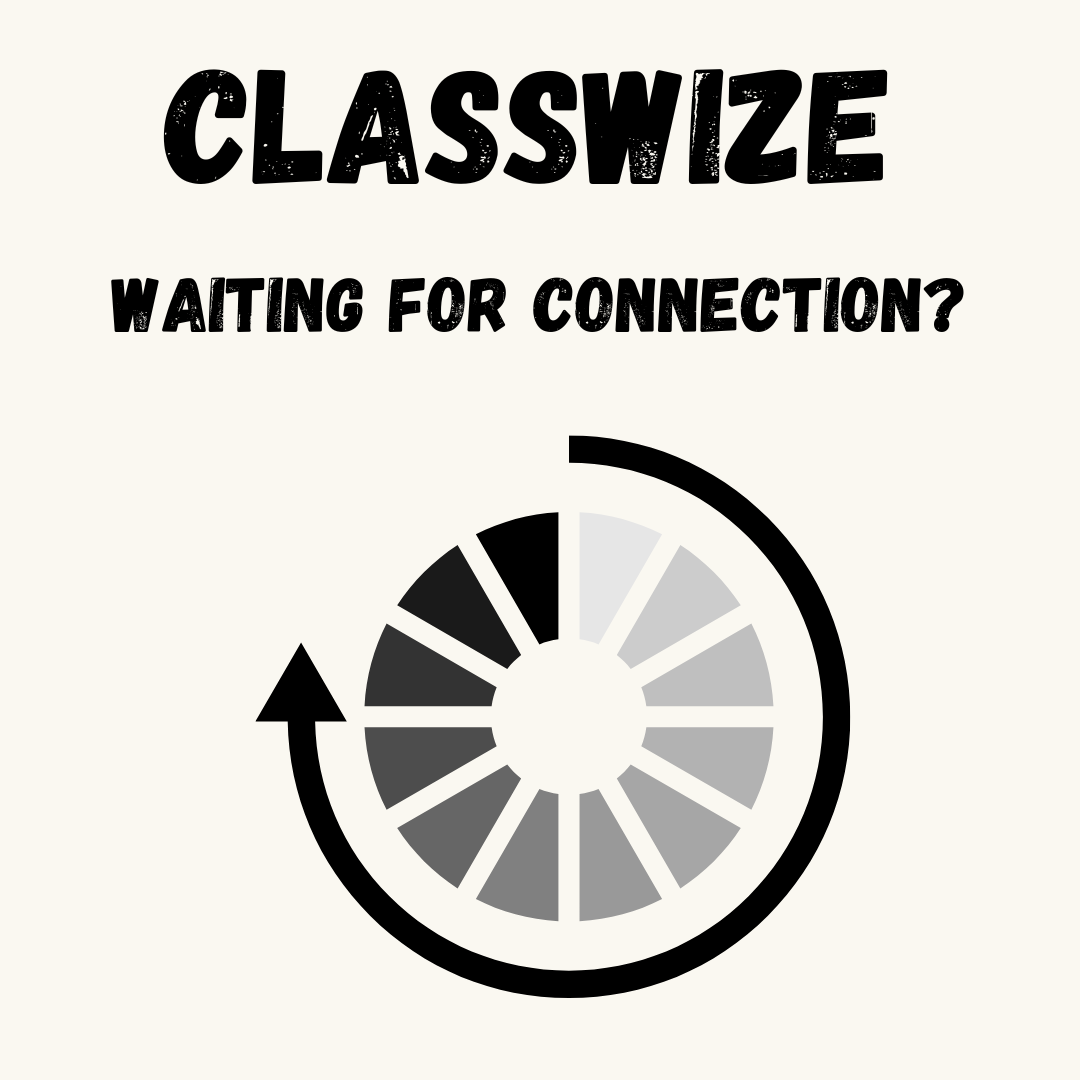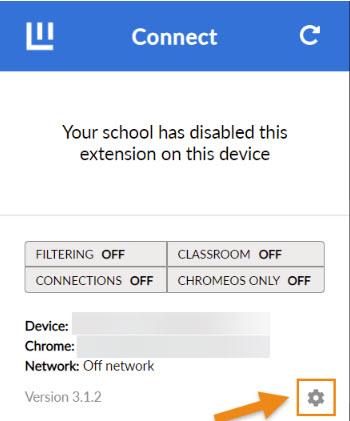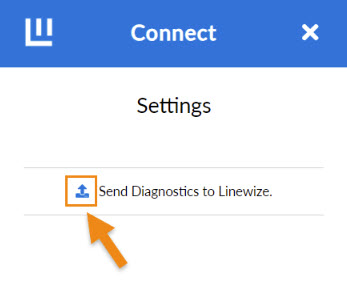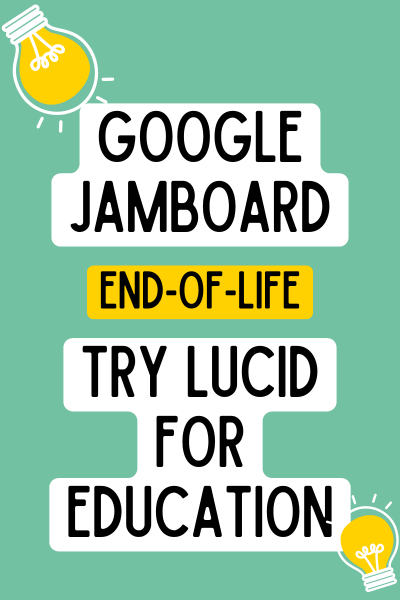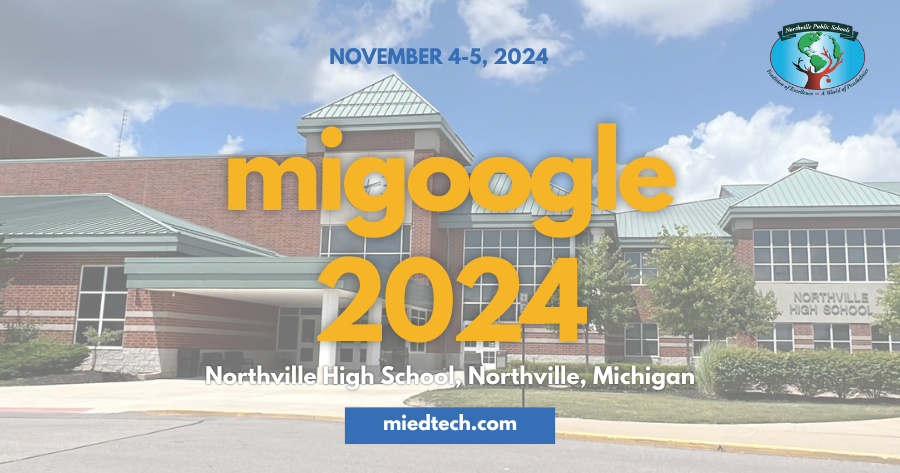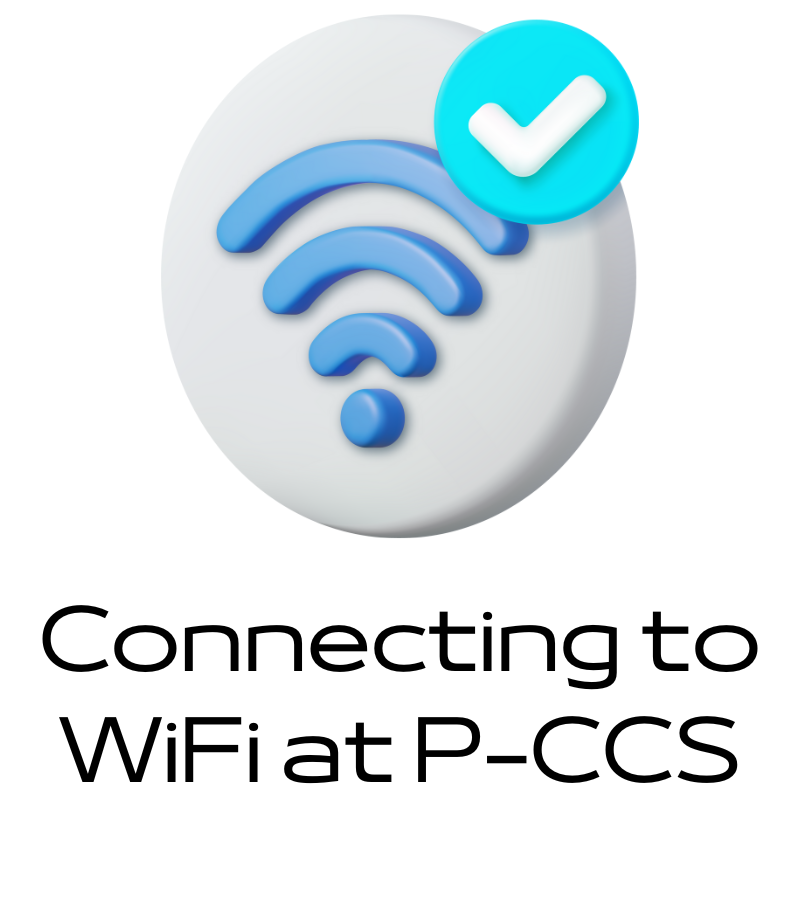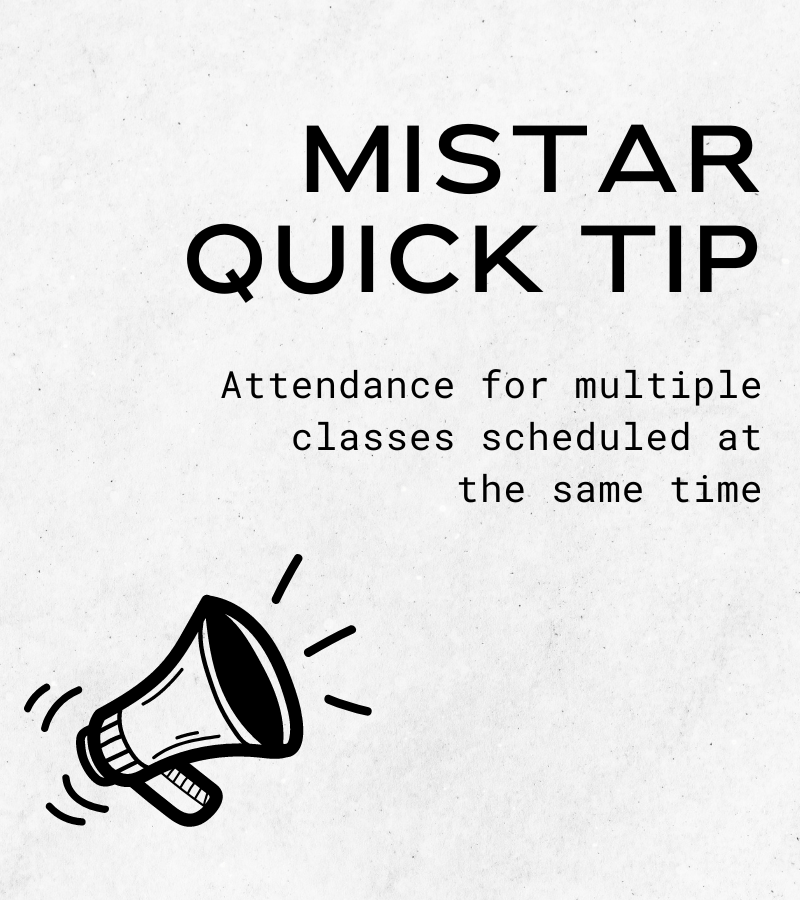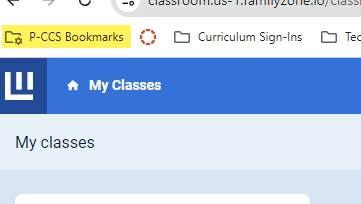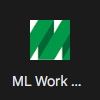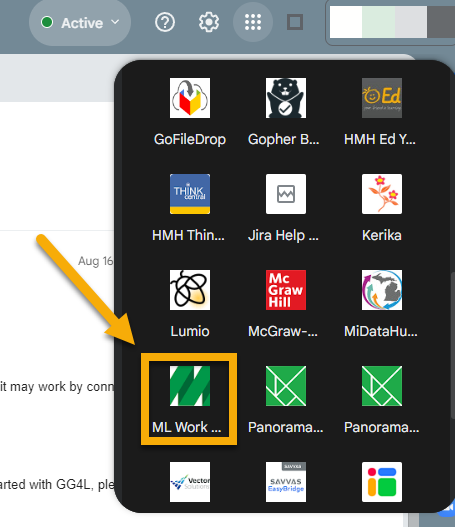NotebookLM is an innovative tool that can greatly enhance teaching and learning in K-12 classrooms. This powerful AI-driven platform allows teachers to upload a variety of source materials, including Google Docs, Slides, PDFs, text files, and web pages. Once uploaded, NotebookLM generates a comprehensive guide with summaries, key topics, and thought-provoking questions to help students engage with the material. By leveraging NotebookLM’s ability to synthesize information and provide insightful guidance, K-12 teachers can create a more engaging and effective learning environment for their students.
Not only that, but it can generate a deep dive conversation (sounds like a podcast conversation) to share with students. Take a look at the screenshot below that shows some of items Notebook LM can create.
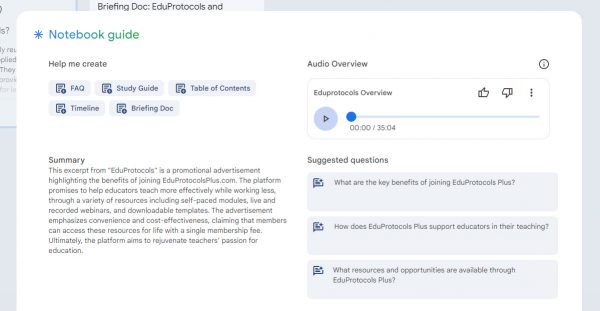
Be aware, due to terms of service students cannot interact with these notebooks. However, you can take the resources it creates and copy them to a Google doc. Audio overviews can be downloaded and shared with students.
Want to learn more?
- The example notebooks are a great place to start. NotebookLM (google.com)
- Check out Matt Miller’s blog for 10 ideas of how educators can use this tool. Meet Google NotebookLM: 10 things to know for educators – Ditch That Textbook
- Wondering about the quality of the Audio Summary? A P-CCS teacher took an article about AI in Writing and placed in Notebook LM. The tool created this brief summary, that’s extremely engaging.
Submit a tech ticket to get in touch with a Technology Integration Specialist if you have additional questions.

